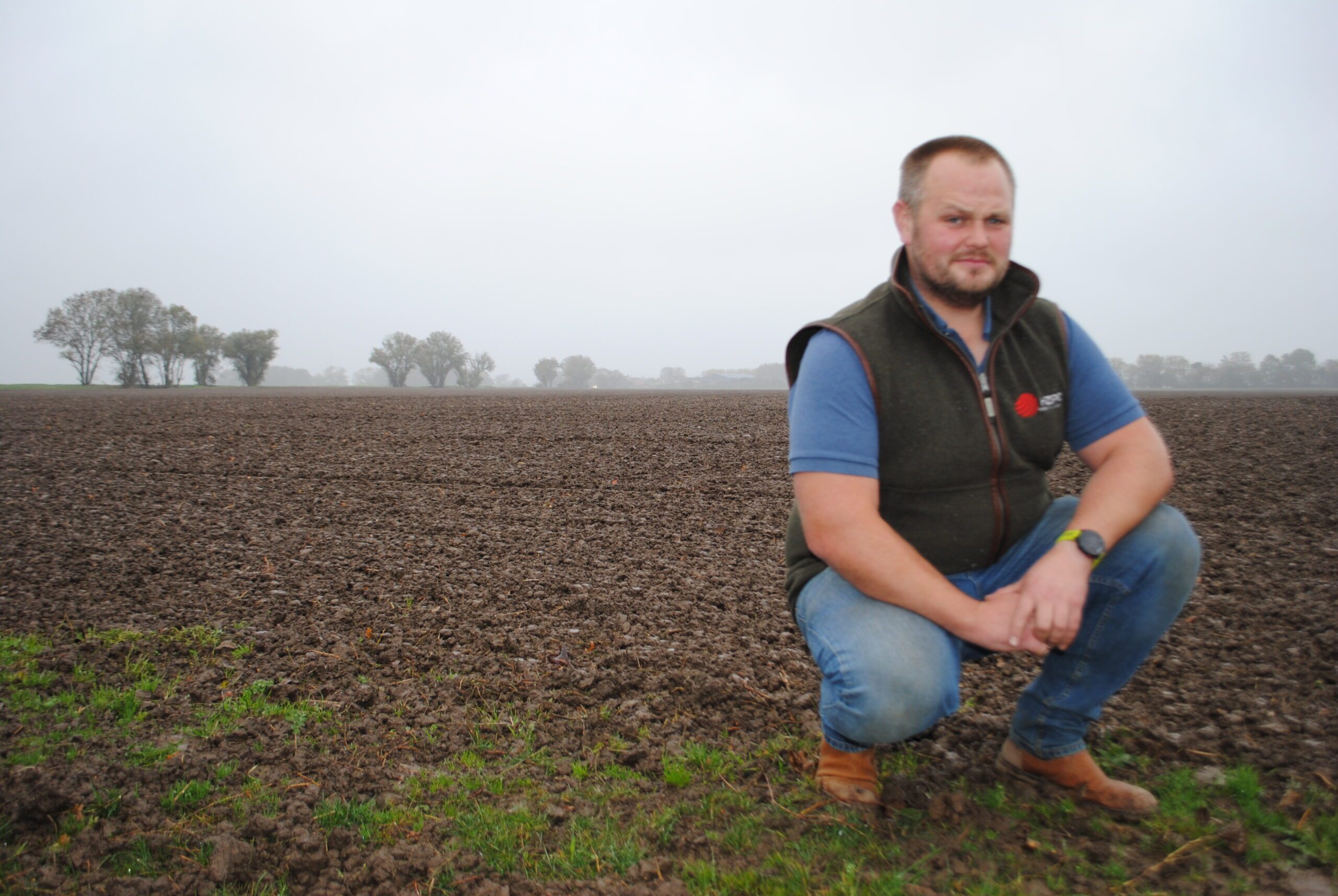Where seed potato crops are concerned any nutritional inconsistency can present a logistical headache when trying to manage crop desiccation.
HZPC’s technical support and company agronomist John Limmer uses OMEX
suspension fertilisers to give an accurate supply of
nutrition for the crop. The bespoke nature of these fertilisers also helps maintain an even crop, which is essential for aiding the desiccation programme to maximise the crop in the desired size fraction.
Dutch company
HZPC has significant interests in the UK, mainly in Scotland, Yorkshire, and the Cotswolds, where over 30,000 tonnes of seed potatoes are produced for all markets. The business also operates a 70 acre commercial seed potato enterprise in Yorkshire where seed crops are produced using new and innovative production regimes.
“We produce seed from our varieties developed in Holland, some of which are in the top 10 varieties grown in the UK and include Sagitta, Taurus and Innovator,” says Mr Limmer. “High grade seed is grown in Scotland or imported from Holland for multiplication in Yorkshire and other areas of England.
“We use a contractor to grow our crop on the 70 acres in Yorkshire, where we are currently testing the
benefits of using liquid fertiliser as opposed to granular fertiliser. The 2021 crop will be the fourth one to have benefitted from OMEX suspension fertilisers.
“I have already had four years experience of suspension fertiliser having been production manager for Edge Potatoes based near Lincoln,” he says. “I introduced HZPC to the benefits of OMEX suspensions and comparisons with granular equivalents are on-going. From my experience they are trouble free, bespoke, applied by contractor and have an excellent environmental profile. We always used to struggle with the prill fertilisers.
“We use some organic fertilisers but achieving a consistent nutritional supply across the field when applying them is challenging. This is a real issue when our fields can have up to 15 varieties with different growth habits.
Another issue when using prills is achieving an even spread pattern and poor ballistics can compromise spreading accuracy. They can also get blocked in the spout, which compromises accuracy further. An uneven canopy creates a real issue when it comes producing an even crop.”
Land for potatoes is selected after the previous cereal harvest. All fields are soil tested and organic manure regimes are discussed and agreed. Potato varieties are selected and then appropriate bespoke nutritional packages are put in place having agreed with OMEX’s sales manager
Dean Waddingham and agronomist
Scott Baker.
Suspension fertilisers are applied in April, which is slightly later than some might consider ideal. But, Mr Limmer explains that his business uses up surplus input seed from the UK operation and so his own planting is often delayed until the end of the planting season.
The crop is harvested in September producing up to 1000 tonnes of crop from the 70 acres. It is then stored at B T Beale and Sons dedicated potato storage near Driffield. It is graded out of store between December and April.
“Phil Clappison is our contractor in charge of planting, spraying and harvesting in Yorkshire and we place our fertiliser order directly with OMEX in Bardney,” says Mr Limmer. “
Suspension fertiliser is then delivered to edge of the field in tankers before being applied by dedicated local application contractors.
“The
liquid fertiliser can be applied to stubbles or ploughed land, but either way it’s incorporated straight after application,” he explains. “The potatoes are then planted within two weeks ideally.”
He explains that with much larger fertiliser spinners on the market – often applying product to 36m and above – the biggest challenge is achieving accuracy. However, by applying OMEX liquid fertiliser through a farm sprayer or dedicated suspension fertiliser applicator, the accuracy concern is not an issue.
“Poor accuracy manifests itself as an uneven canopy,” he says. “But, spreading OMEX liquids at 36m and wider does not compromise canopy integrity. We have found that when applying prills, the headland yields tail off by up to 15%. We have found that when comparing the two systems in a field a key indicator is the dry matter, which is always more consistent where suspensions have been applied.”
Mr Limmer’s aim is to minimise uneven emergence as this can make it very difficult to manage a commercial crop that is sold based on size grade and quality. For a seed crop he aims for 30-35t/ha of 35-55mm seed.
“Any seed that falls either below or above the size specification required can’t be sold for human consumption because of the pesticide regimes often employed on the crop,” he points out. “There are also restrictions on sending crop for animal feed if certain insecticides have been applied. Crop then has to go to AD plants or landfill.
OMEX suspensions can definitely increase the saleable fraction of the seed crop by at least 15%.”
